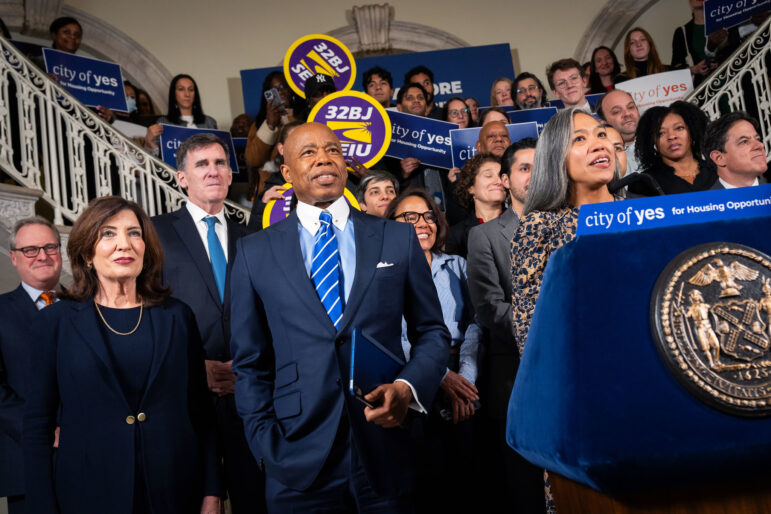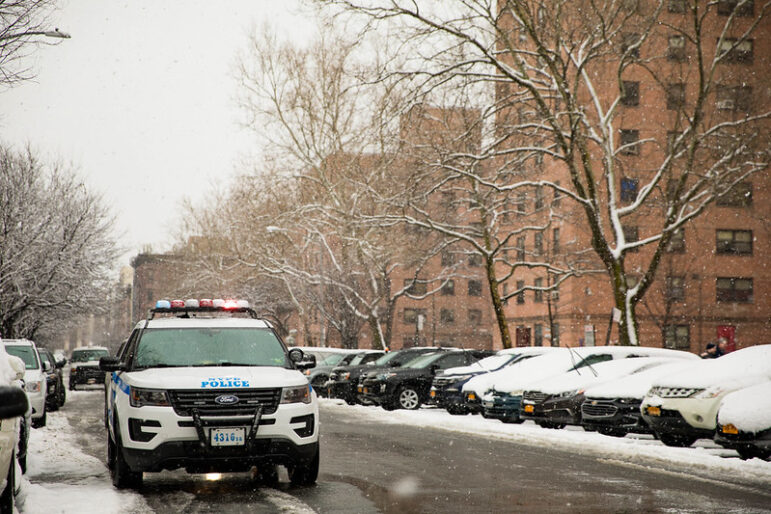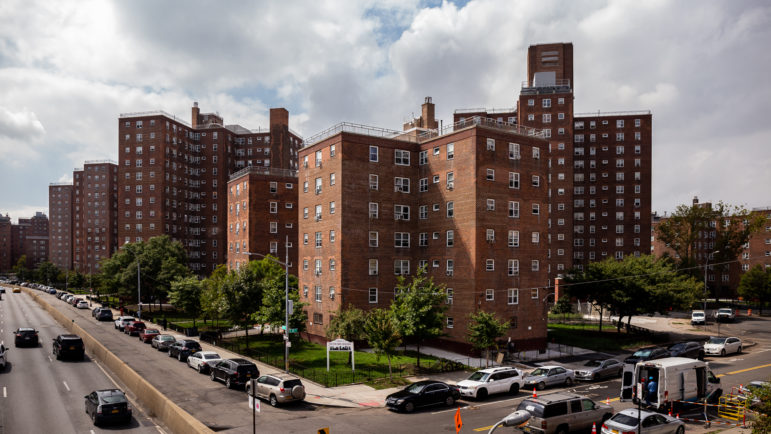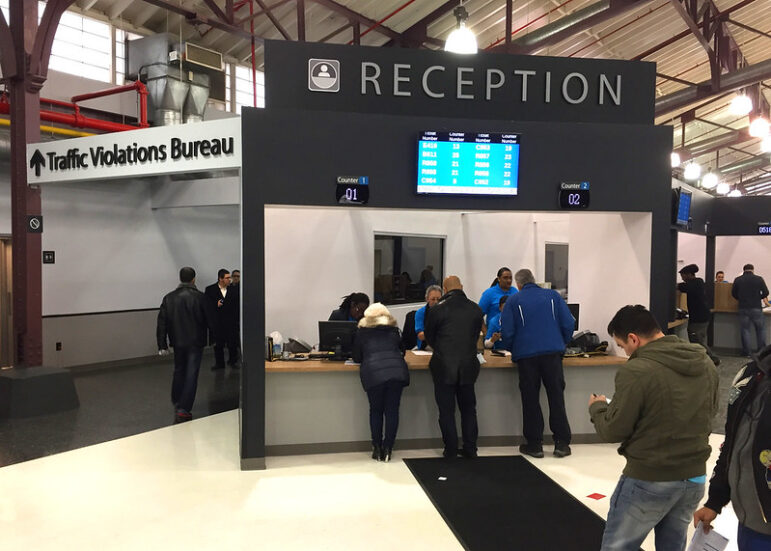When the results come in from New York City’s first survey of homeless youth, service providers hope finally to understand who these elusive teenagers and young adults are, how many they number, and how to intervene before chronic homelessness becomes an accepted – or inevitable – part of their identities.
Completed last week under the auspices of the Empire State Coalition of Youth and Family Services, the survey aims to put a credible number on this size of this population, which over the years has been estimated at anywhere from several thousand to tens of thousands. Since the beginning of July some three dozen volunteers and employees of social services groups asked a series of questions of homeless people from age 12 to 24 who agreed to participate. On the street and at youth program sites, respondents answered questions about sexual orientation, previous home life, sources of income, educational attainment and more. In addition to counting the population, the survey seeks to illuminate the contributors to and outcomes of youth homelessness – with the goal of helping public and nonprofit agencies better house and care for these young people.
“They’re a difficult population to get your hands around,” says Empire State Coalition executive director Margo Hirsch. They often don’t look unkempt, youth workers say, and a common knack for “couch surfing” means they’re not necessarily sleeping on the streets or in shelters and may not use the label “homeless,” either. That doesn’t mean they don’t want help, though.
Sabrina Castro, a native Brooklynite, says she would welcome an assist with obstacles to the life she wants. A pretty 21-year-old with big dark eyes who was hanging with pals in Union Square one steamy evening recently, Castro says she’s been homeless for the better part of a year, since her mother moved to another state. She has spent the night at friends’ houses, her uncle’s place and elsewhere, even stealing two nights’ sleep in a hospital ward. She works as a shopgirl at a tattoo parlor and wants to attend massage therapy school, but that requires a G.E.D. and she can’t afford to get one.
“It’s hard to do all that without a steady place to stay at night,” she said. She didn’t know much about shelters, but thought they would provide only one night’s lodging. “That’s my last resort, because I feel like a shelter would be mad weird.”
Castro didn’t know anything about the survey. Despite outreach efforts by the Department of Youth and Community Development, she also didn’t know that youth crisis shelters provide up to 30 nights’ stay, with a possible extension of 30 more. That’s according to Robyn Causey, director of youth initiatives at DYCD, the main public service provider for homeless youth up to age 21. (The Department of Homeless Services takes it from there, as far as city agencies go; a battery of nonprofits also address the needs of homeless people of all ages.) Causey is proud of the agency’s revamped “continuum of care” for runaway and homeless young people, including street outreach, drop-in centers in each borough, 81 crisis shelter beds in Manhattan, 88 independent living program beds located in Brooklyn, the Bronx and Manhattan, and a referral hotline. This fiscal year, the agency plans to add another 32 crisis beds in Brooklyn, plus 34 more transitional independent living beds in Brooklyn, Manhattan and Queens.
“The continuum is strong and I’m happy to see so many levels of care for young people. We’re meeting them where we think they are,” she said. “I’ve never to date had to turn anyone away ever.”
Because DYCD staffers ask questions of those seeking services as a routine part of the intake process, “we have our own data that we collect that is quite extensive,” said Causey, but welcomed the survey too, because “it’s always a good idea to look into the needs of young people who are displaced.”
According to Hirsch of the Empire State Coalition, the survey yielded more than 800 completed questionnaires. The data will be given to Lance Freeman, an associate professor at Columbia University, and Darrick Hamilton, an assistant professor at The New School, to be interpreted. Because the academics haven’t received the data yet, however, a method of extrapolating it into citywide information has not been chosen, Hirsch said. She expects full results sometime in the fall. This kind of study can cost around $500,000, but the volunteer surveyors “were really committed to this project, so hopefully that commitment made up for the lack of funds,” she said.
City Councilman Lewis Fidler, a Brooklyn Democrat who chairs the Youth Services Committee, secured $80,000 to fund the survey, as well as $4.6 million in Council money for shelter beds (which includes a $2 million increase this fiscal year), bringing the current fiscal year’s funding for the whole at-risk, runaway and homeless youth portfolio to $10.5 million. Fidler said he supports the survey “so that we can intelligently plan a strategy to stem the tide” of youth homelessness, which he calls “an absolute disgrace.”
Like others involved in this work, Fidler was quick to mention the needs of lesbian, gay, bisexual and transgender teens, who account for a disproportionately high percentage of homeless youth – and who often feel uncomfortable or threatened at larger shelters. “The smaller settings are more effective,” he said.
Carl Siciliano, who oversees just such a setting as executive director of the LGBT-focused Ali Forney Center, said he hopes the study eventually will lead to the creation of more small, home-like environments for youth. “When the real numbers come out with this study … we’ll want to work with the city to make sure there are enough beds for kids,” Siciliano said. “I’m also concerned that the city has the responsibility to provide safe and appropriate beds.”
The goal is to change kids’ lives before they truly identify as homeless, making that way of life more ingrained. “They don’t associate that with themselves, and that’s a strength,” he said.
In fact, back at Union Square, Sabrina Castro said, “I always just tell people I’m looking. I hope one day I’ll find a place to stay.” And she showed off two new tattoos that she says relate to her life these days: a graceful tall ship with the inscription “Sailing On,” and a coffin and skull bearing the legend “Stronger Than Yesterday.”








